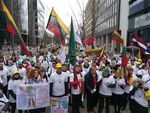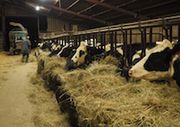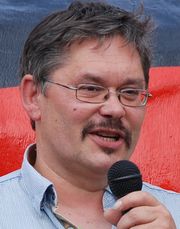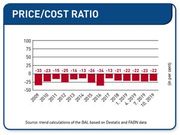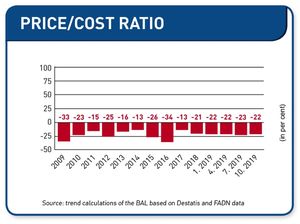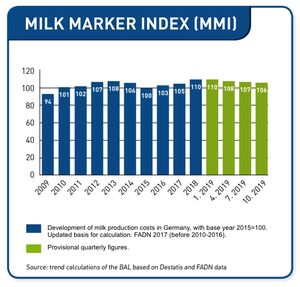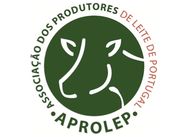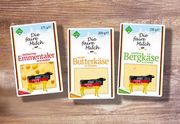EMB Newsletter March 2020
Newsletter as PDF
Contact
EMB - European Milk Board asbl
Rue de la Loi 155
B-1040 Bruxelles
Phone: +32 - 2808 - 1935
Fax: +32 - 2808 - 8265
Dear dairy farmers, dear fellow campaigners,
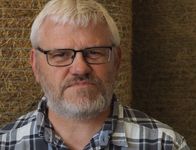
together with my fellow Executive Committee members from Belgium, France and the Nether-lands, I recently participated in an interesting meeting with EU Agriculture Commissioner Wojciechowski. Our first impression is promising. The Commissioner for Agriculture was receptive and specifically interested in our perspective on improving the situation of dairy farmers. He listened to us and indicated that he wishes to keep an open line of communication with the European Milk Board.
So, what message do we want to get across? There is still no instrument to counteract chronic crises in the dairy sector. We think that it is important for the European Commission to continue to explore positive approaches to crisis management. Therefore, we focused on voluntary volume reduction in our meeting. The negotiations on the Common Agricultural Policy reform must ensure a legal basis for this. It's all about volumes! We explained to the Commissioner for Agriculture that harmful surpluses must be stemmed in a timely manner. The future CAP must, therefore, also allow for the capping of milk volumes from other producers during periods of voluntary reductions. In the event of severe crises, it should also be possible to introduce temporary compulsory reductions for all producers. This would ensure that the sector is sufficiently equipped to deal with crises.
At the meeting with the Commissioner for Agriculture, we also discussed the European Milk Market Observatory (MMO). If this body is to go beyond simple monitoring and an exchange of information and is to be empowered to 'take action' at long last, its current remit has to be expanded. We provided specific recommendations in this regard such as including the total production costs in market analyses, and – this is key – the drafting and voting of specific proposals for sectoral measures to be implemented according to the market situation. Dairy farmers feel that it is very important for the Observatory to be proactive!
As shown by current producer prices in Germany, we still have a long way to go to achieve cost-covering milk prices. In this edition of the newsletter, you have an article on the updated production costs. Two articles talk about the gap that our Baltic colleagues have to somehow bridge: on the one hand, they have to live up to higher societal demands, while direct payments are insufficient on the other. And there is an enlightening article on what canaries and calves have in common...
I hope you enjoy reading these interesting contributions from our member countries!
Kjartan Poulsen, EMB Executive Committee member and President of LDM Denmark
Farmers from Lithuania, Latvia and Estonia protest in Brussels to demand a fair agricultural policy
For climate-friendly, socially and economically sustainable milk production
Of calves and canaries
German milk production costs amount to 43.71 ct/kg in October 2019 as opposed to a price of only 34.23 ct/kg
APROLEP celebrates its 10th anniversary and works on shaping the future of the dairy sector
“Die faire Milch” in Germany
Impressum
European Milk Board asbl
Rue de la Loi 155
B-1040 Bruxelles
Phone: +32 2808 1935
Fax: +32 2808 8265
E-Mail: office@europeanmilkboard.org
Website: http://www.europeanmilkboard.org

